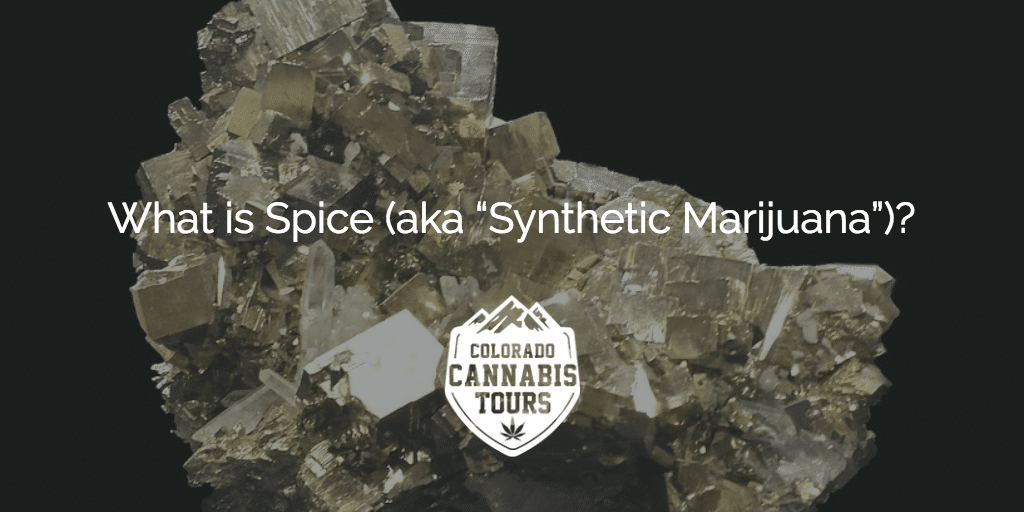
Before I begin, I need you to memorize this mantra:
“Synthetic marijuana” is not marijuana.
“Synthetic marijuana” is not made from cannabis. It’s not like cannabis at all. It has nothing to do with cannabis. “Synthetic marijuana” is a term invented by law enforcement and popularized by a sensationalist press. Scientists and legal scholars don’t recognize anything called “synthetic marijuana.”
Now, with that out of the way.
In recent years, headlines have alerted the public to the dangers of this so-called synthetic pot. The stuff is easy to get a hold of, it’s incredibly dangerous (it’s caused a few deaths), and worst of all – it’s still legal in much of the country.
But what is it?
“Synthetic marijuana” goes by a lot of names: Spice, K2, Mojo, Black Mamba, to name a few. Basically it’s a class of artificial cannabinoid compounds cooked up in a lab, sprayed on dried herbs, then sold as “synthetic marijuana.” Or you may see it sold as “incense” or “potpourri,” or even as “legal weed.”
For most purposes, synthetic marijuana is distinguished from synthetic cannabinoids by function. Synthetic marijuana exists solely to get people intoxicated. Synthetic marijuana is simply a subset of synthetic cannabinoids, the latter of which can be relatively safe as they’re reserved for medical use. Some synthetic cannabinoids are sold as pharmaceuticals like Marinol.
The synthetic cannabinoids found in Spice, K2, et al. belong a very different class of molecules than those found in cannabinoid-based pharmaceuticals. The cannabinoids found in Spice are much, much larger than the cannabinoids found in plants, and it’s the size and shapes of these molecules that makes them so dangerous.
Why is synthetic marijuana dangerous? To really understand this requires some knowledge of chemistry, but basically the large synthetic marijuana molecules get “stuck” to the CB receptors. Because they’re so large, they “pull” the CB receptors open, so the receptors uncontrollably dump their chemical signals into the cell for much longer than they should. When these receptors go haywire, the body can freak out, causing cardiac arrest.
THC and dronabinol, on the other hand, don’t push the CB receptors as hard as synthetic marijuana, nor do they stick to the receptors as long. This is partially why THC is relatively non-toxic on the human body.
In short: avoid synthetic marijuana. It’s not marijuana in the slightest, and it’s not safe. If you’re visiting a legal state to enjoy the legal cannabis, why not stick to the real stuff?
- How to Get a Cannabis Job in Colorado - June 25, 2021
- What is Spice (aka “Synthetic Marijuana”)? - March 27, 2017
- What are Synthetic Cannabinoids? - March 27, 2017
